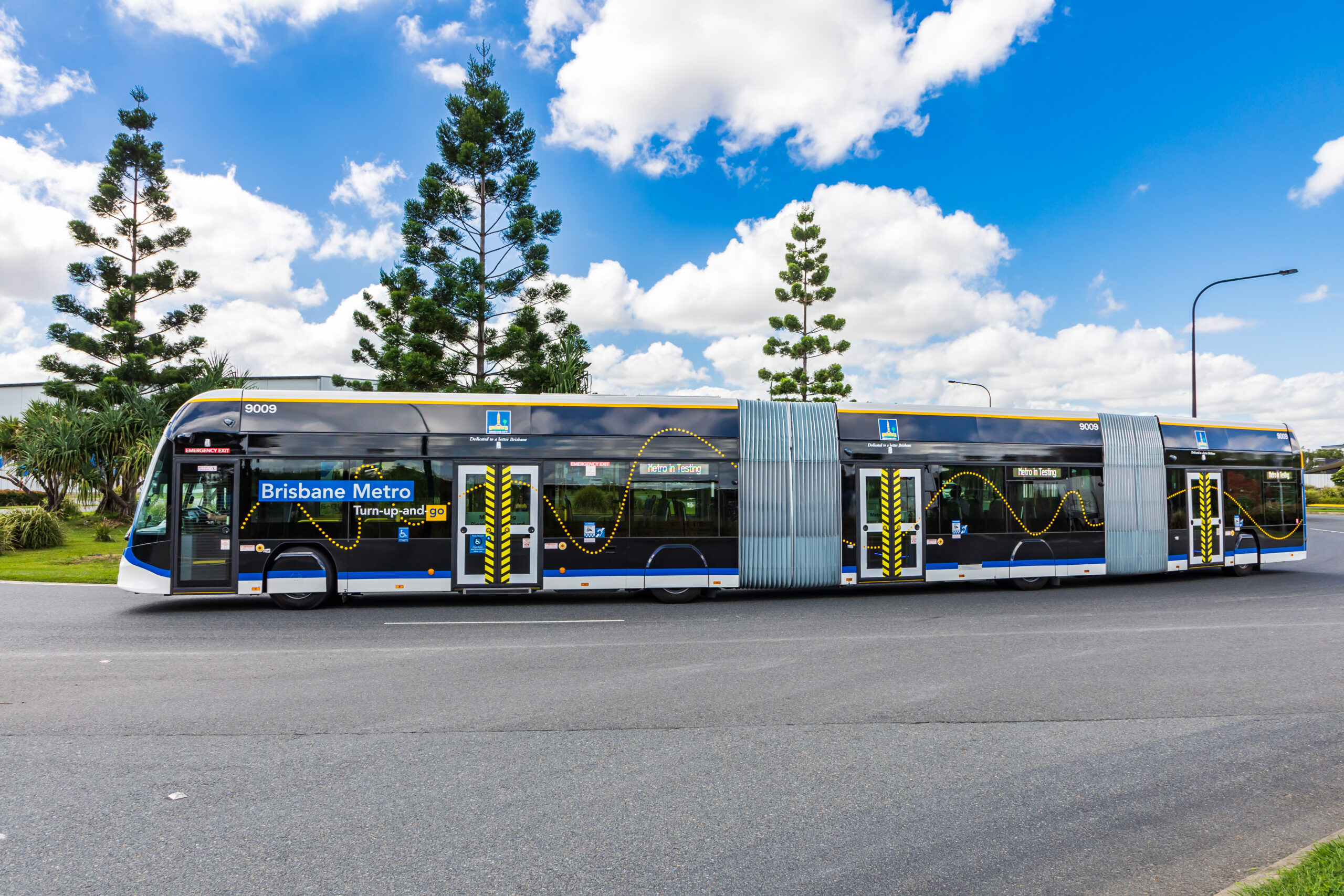In the past two years, the war in Ukraine and the subsequent energy crisis have changed the energy conversation. Energy security, affordability, and industrial competitiveness are now critical focus points alongside sustainability.
The outlook for the energy transition depends on multiple variables and interdependencies. Uncertainties in cost evolutions, speed of technological progress, and policy developments translate into a wide range of possible scenarios, particularly regarding the outlook for fossil fuels.
What is clear, however, is that the pathway to keep warming below 1.5°C looks increasingly challenging. The world is nonetheless making progress toward a net-zero future, with record growth in areas such as electric vehicle (EV) sales and renewable energy. By 2040, we expect solar and wind together to contribute the largest share of the world’s energy mix.
Substantial investments will be needed to support the build-out of renewal energy—and to provide sufficient fossil fuels to complement these sources. We expect total energy investments to increase from $1.7 trillion per annum today to between $2.2 trillion and $2.8 trillion in 2040. While this represents a big increase, investment levels are likely to remain stable as a proportion of GDP.
The question now is whether supply chains can keep up with the pace of the energy transition. Materials shortages and production bottlenecks—and even land availability—all threaten to slow momentum. These risks play out to varying degrees in every scenario we model in the latest edition of our Global Energy Perspective.
As the world treads a fine line between energy security today and ensuring a livable planet for tomorrow, our Global Energy Perspective 2023 examines the changing energy picture and provides insights into the longer-term trends that will shape the world’s future energy systems.
The energy transition is well underway, but how it will unfold in the decades ahead is difficult to predict. Decision makers in government and business face a challenging time planning for a future energy mix that remains unclear.
Leaders might be tempted to “wait and see”, but this approach would be a big risk. Even if the exact trajectory of the energy transition is unknown, the changes ahead will be immense—and faster than many expect. A look at the past two years underscores this: despite massive and unprecedented uncertainties, the growth in several low-carbon technologies has continued and even accelerated.
Organizations can work now to shape transition strategies that account for uncertainty and are robust under a range of future scenarios. Those strategies, aggregated across countries and sectors, will determine how the global energy landscape takes shape in the years ahead. They will also be crucial in driving progress on sustainability while safeguarding energy security, affordability, and industrial competitiveness.
To request access to the data underlying our Global Energy Perspective, or to speak to our team about bespoke market reports or analyses, please contact us.




